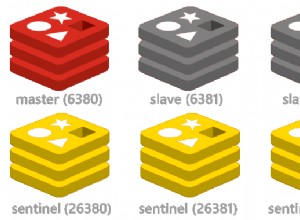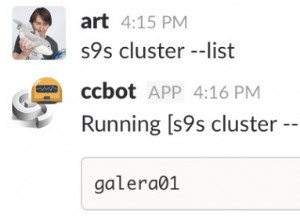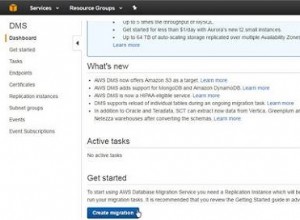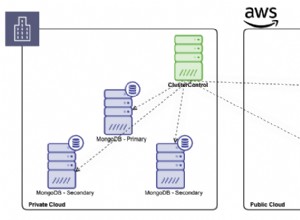A partire da MongoDB 4.4, $merge può generare output nella stessa raccolta che viene aggregata:
db.products.aggregate([
{ /**
* from: The target collection.
* localField: The local join field.
* foreignField: The target join field.
* as: The name for the results.
* pipeline: The pipeline to run on the joined collection.
* let: Optional variables to use in the pipeline field stages.
*/
$lookup: {
from: 'events',
localField: '_id',
foreignField: 'product_id',
as: 'events'
}},
{/**
* into: The target collection.
* on: Fields to identify.
* whenMatched: Action for matching docs.
* whenNotMatched: Action for non-matching docs.
*/
$merge: {
into: 'products',
on: "_id",
whenMatched: 'merge',
whenNotMatched: 'insert'
}}
])
Attenzione: quando $merge genera output nella stessa raccolta che viene aggregata, i documenti potrebbero essere aggiornati più volte o l'operazione potrebbe comportare un ciclo infinito. Maggiori dettagli qui https://docs .mongodb.com/manual/reference/operator/aggregation/merge/#merge-behavior-same-collection
Se si tratta di un aggiornamento una tantum, puoi salvaguardare la pipeline aggiungendo un filtro iniziale come prima fase per garantire che un documento venga aggiornato esattamente una volta:
{ $match: { events: { $exists: false } }




